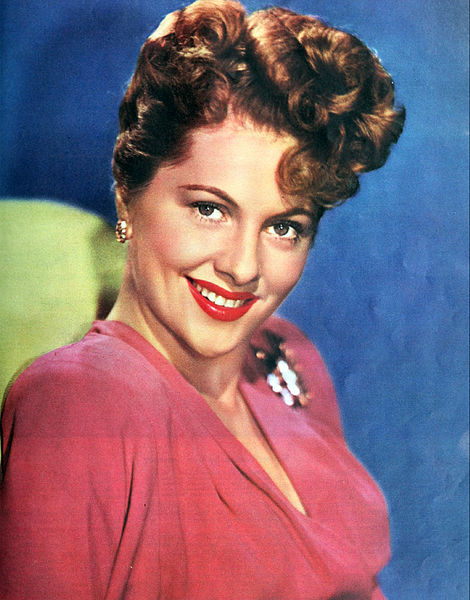Joan Fontaine and Adoption
Biography
1917-2013'
Actress
Joan Fontaine is an international actress. Born Joan de Beauvoir de Havilland in Tokyo, Japan, the daughter of a British patent attorney with a practice in Japan, she is the younger sister of actress Olivia de Havilland, both of whom attended Los Gatos High School.
Because Joan and her mother both had frequent illnesses, the family moved to Saratoga, California for their health. But Joan's father soon went back to Japan, and he and his wife divorced. Joan returned to Tokyo to attend the American School there, but she came back in 1934 to find that her sister was making a name for herself on the stage.
Both sisters moved to Hollywood to start film careers. Because Olivia was using the family name, Joan began acting as Joan Burfield, in No More Ladies in 1935. Her career seemed to be ready to die, even as her sister's blossomed, but Joan changed her name to Fontaine and began receiving bigger parts in such movies as You Can't Beat Love, Quality Street, The Women and Gunga Din. She took her stage name from her step-father, George Fontaine.
Fontaine had a daughter, Deborah Leslie Dozier, with William Dozier. She adopted an infant Peruvian girl in 1952 who later ran away.
In 1940, Joan received an Academy Award nomination for Rebecca. The next year she was again nominated, for Suspicion, and this time she won the award. In 1944 she was nominated for The Constant Nymph.
She has a star on the Hollywood Walk of Fame at 1645 Vine Street.
Fontaine has been a licensed pilot, a champion ballonist, an expert rider, a prize-winning tuna fisherman, and a hole-in-one golfer, a Cordon Bleu chef and is also a licensed interior decorator.
References
This article is licensed under the GNU Free Documentation License. It uses material from the Wikipedia article "Joan Fontaine".
Credits: Wikipedia
